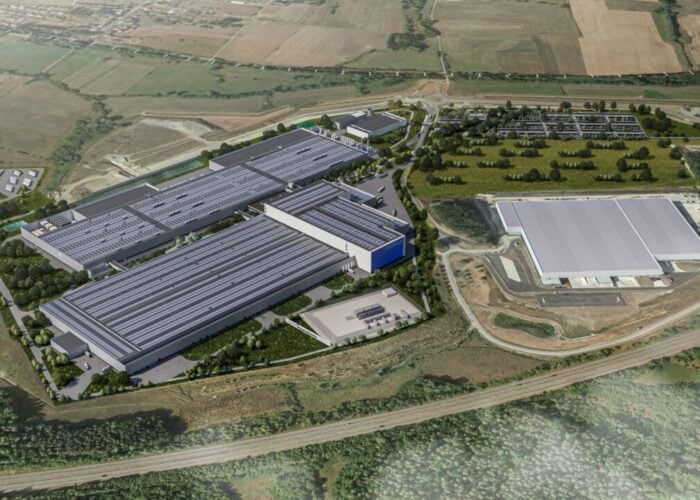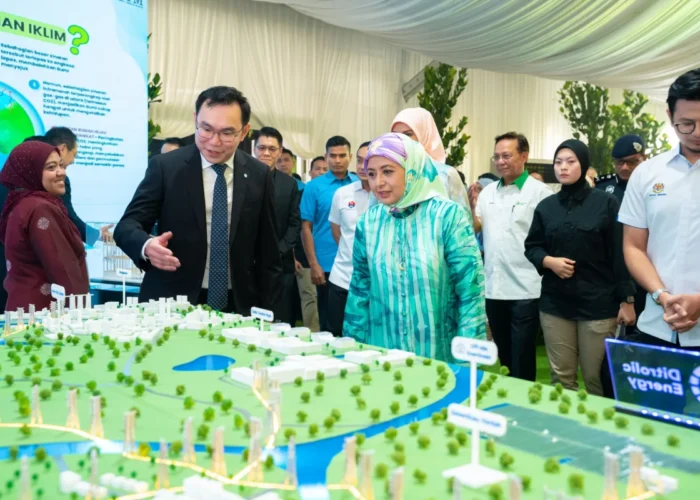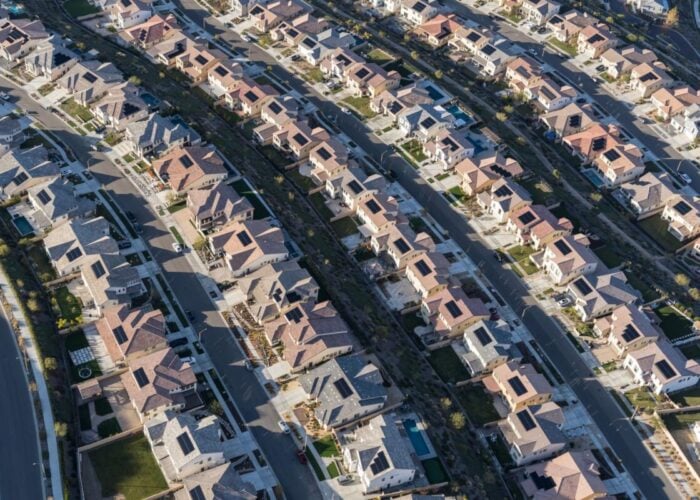
Bifacial module yields, manufacturer bankability probing and quality benchmarking strategies have all taken centre stage at this year’s edition of PV ModuleTech in Malaysia.
Operators from the upstream and downstream end of the solar scale descended on the two-day conference this week, organised by PV Tech publisher Solar Media, to check the pulse of a fast-changing PV module landscape.
Try Premium for just $1
- Full premium access for the first month at only $1
- Converts to an annual rate after 30 days unless cancelled
- Cancel anytime during the trial period
Premium Benefits
- Expert industry analysis and interviews
- Digital access to PV Tech Power journal
- Exclusive event discounts
Or get the full Premium subscription right away
Or continue reading this article for free
Developers and EPCs gathered at Penang’s G-Hotel Gurney were offered a window into the financial and manufacturing health of the PV module makers they rely on to equip ever-larger installations, at a time when solar roll-out is booming worldwide.
PV Tech’s Head of Market Research Finlay Colville went on stage on Tuesday morning to introduce the PV ModuleTech Bankability Ratings, the result of five years’ worth of exhaustive data collection and module market research.
Conference attendees were presented with a credit agency-like ranking of the world’s leading module manufacturers, which were assessed based on their manufacturing performance – shipment volumes and other parameters – but also the state of their balance sheet.
The new Bankability Ratings – catering to developers and EPCs working on non-residential 50MW-plus projects in 2020 and 2021 – will help downstream PV players shortlist module suppliers before they resort to expensive third-party due diligence specialists, said Solar Media CEO David Owen.
“We’re trying to encourage a dialogue between developers, EPCs and the technology,” Owen added. “Engaging with module innovation and understanding the product and how it fits with sites will have a huge impact on yields and by extension, financials.”
Realistic yield data to move beyond bifacial hype
PV ModuleTech 2019, the fourth edition of the series, also opened the floor to module makers themselves. First Solar, LONGi Solar, Hanwha Q Cells, Jinko Solar, Jinergy, Seraphim, Risen Energy and Talesun were among those shedding light on their latest product and research milestones.
Conversations on the sidelines of the Penang conference evidenced the scrutiny these firms face over financial decisions is not letting up. A downstream operator shared, for instance, concerns over manufacturers' increasing propensity to delist from stock exchanges.
Elsewhere on the show, bifacial stole a considerable share of the spotlight. Research heavyweights including the PV Evolution Labs and National Renewable Energy Laboratory went on stage to help fill the information gaps of developers and EPCs contemplating a move to two-sided modules.
At a time of sweeping bifacial boom forecasts – with consultancy Wood Mackenzie predicting the market will surge ten-fold to 21GW by 2024 – various PV ModuleTech speakers tried instead to paint a realistic picture of bifacial yields, based on the real-world performance data emerging so far.
Subsequent talk on the conference floor touched upon the specific markets bifacial will be a better fit with. Some pondered whether two-sided modules could, given their suitability for high-refraction environments, unlock PV growth in Scandinavia and other of the world’s cloudier, snowier regions.
Geopolitics also found their way into the discussions behind the scenes at PV ModuleTech 2019, with questions raised over how the US’ u-turn with Section 201 trade barriers – extending them this month to previously exempt bifacial modules – will impact global module trade flows.
This week’s formal launch of PV ModuleTech Bankability Ratings in Penang came after the system was introduced by Colville over a six-part article series, laying out the steps followed with data collection and the methodology underpinning the metrics.
See here for more information on the agenda, speakers and debate themes of this year's PV ModuleTech, held in Penang on 22-23 October 2019






